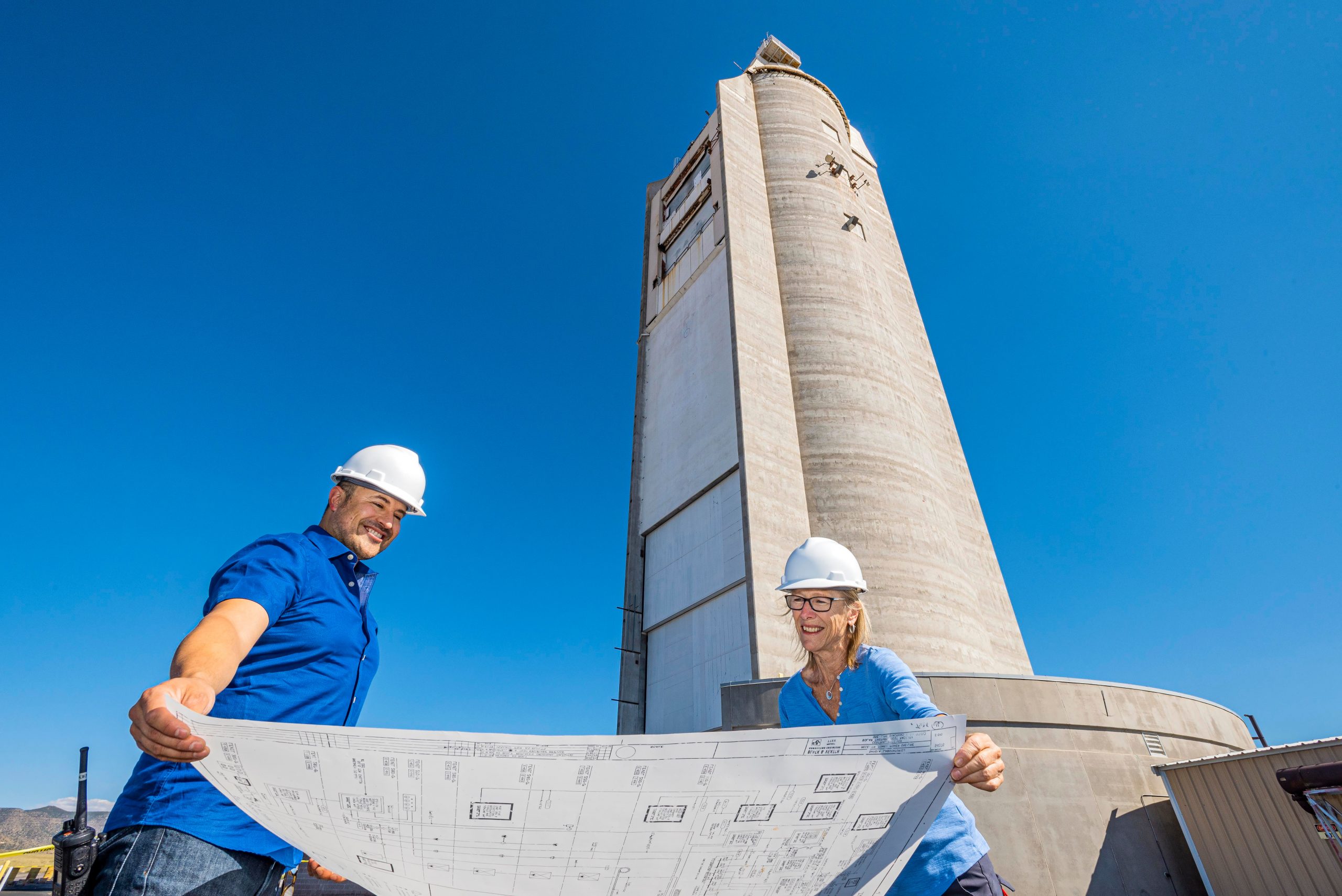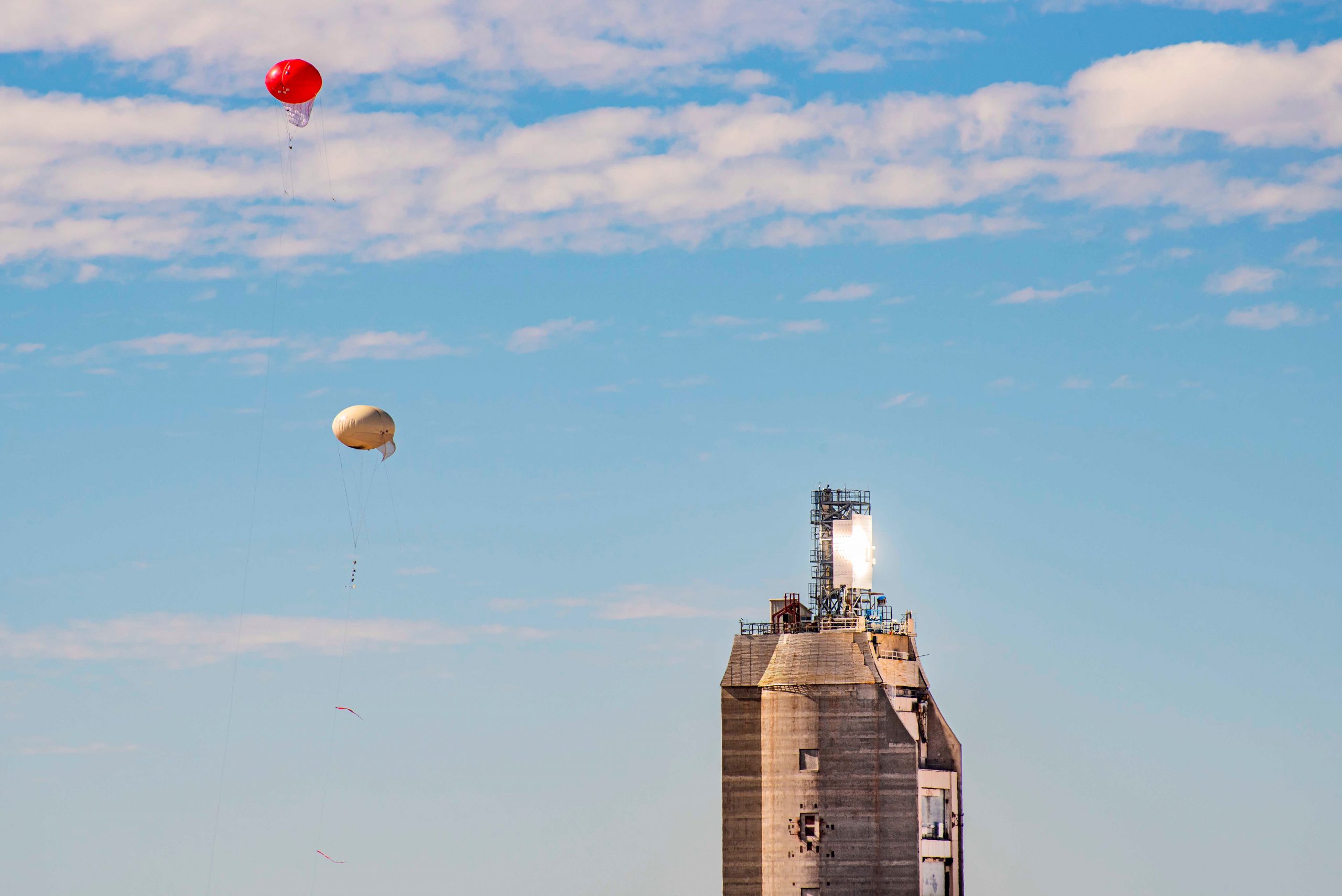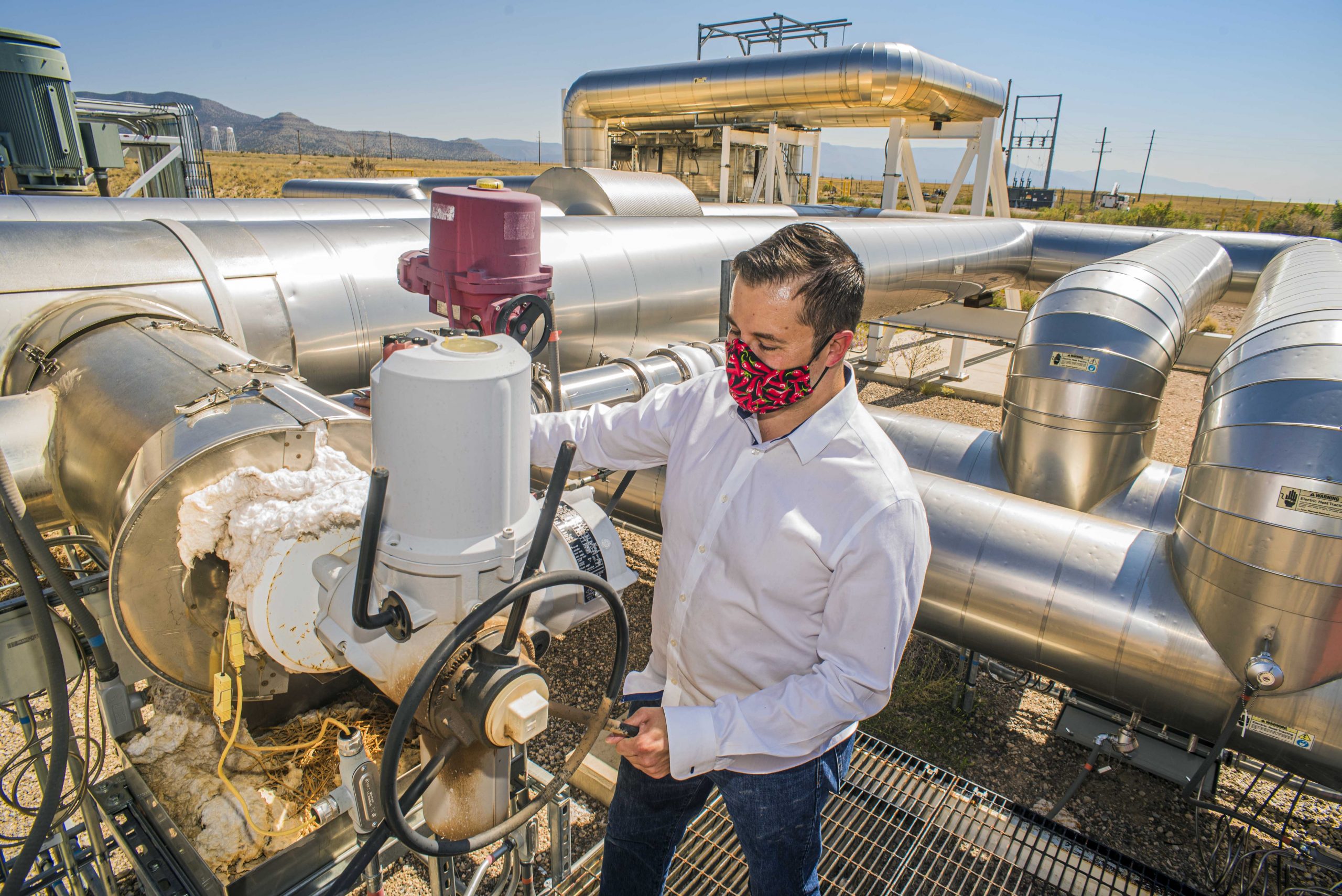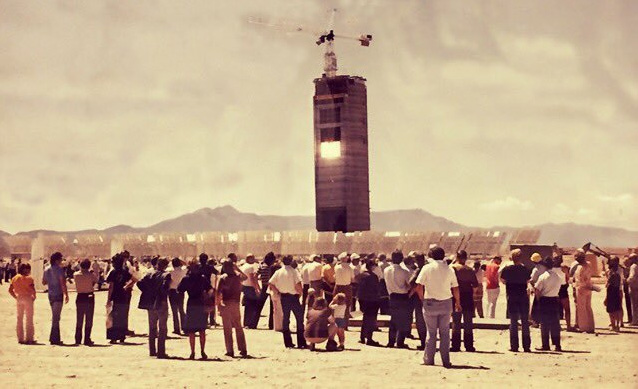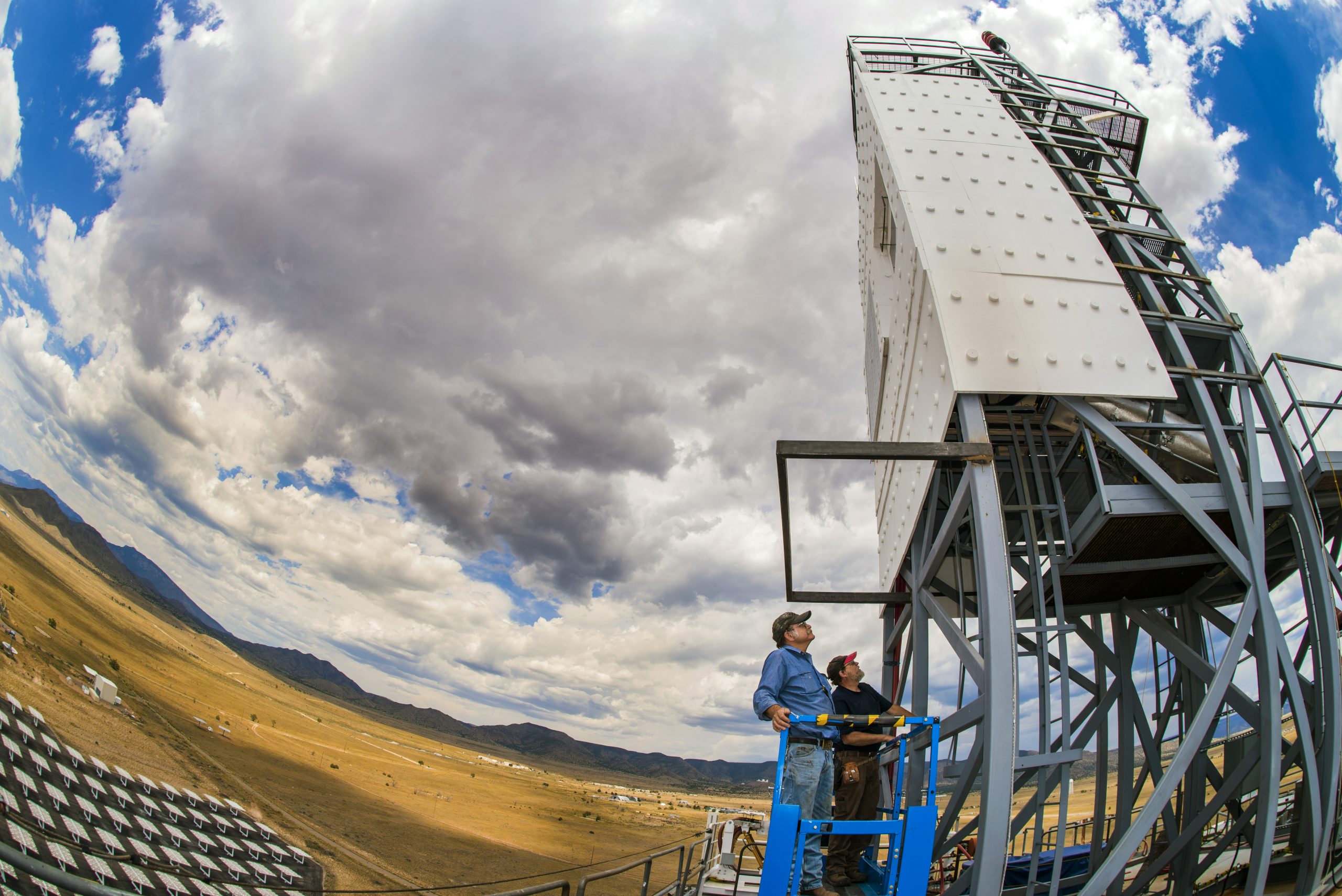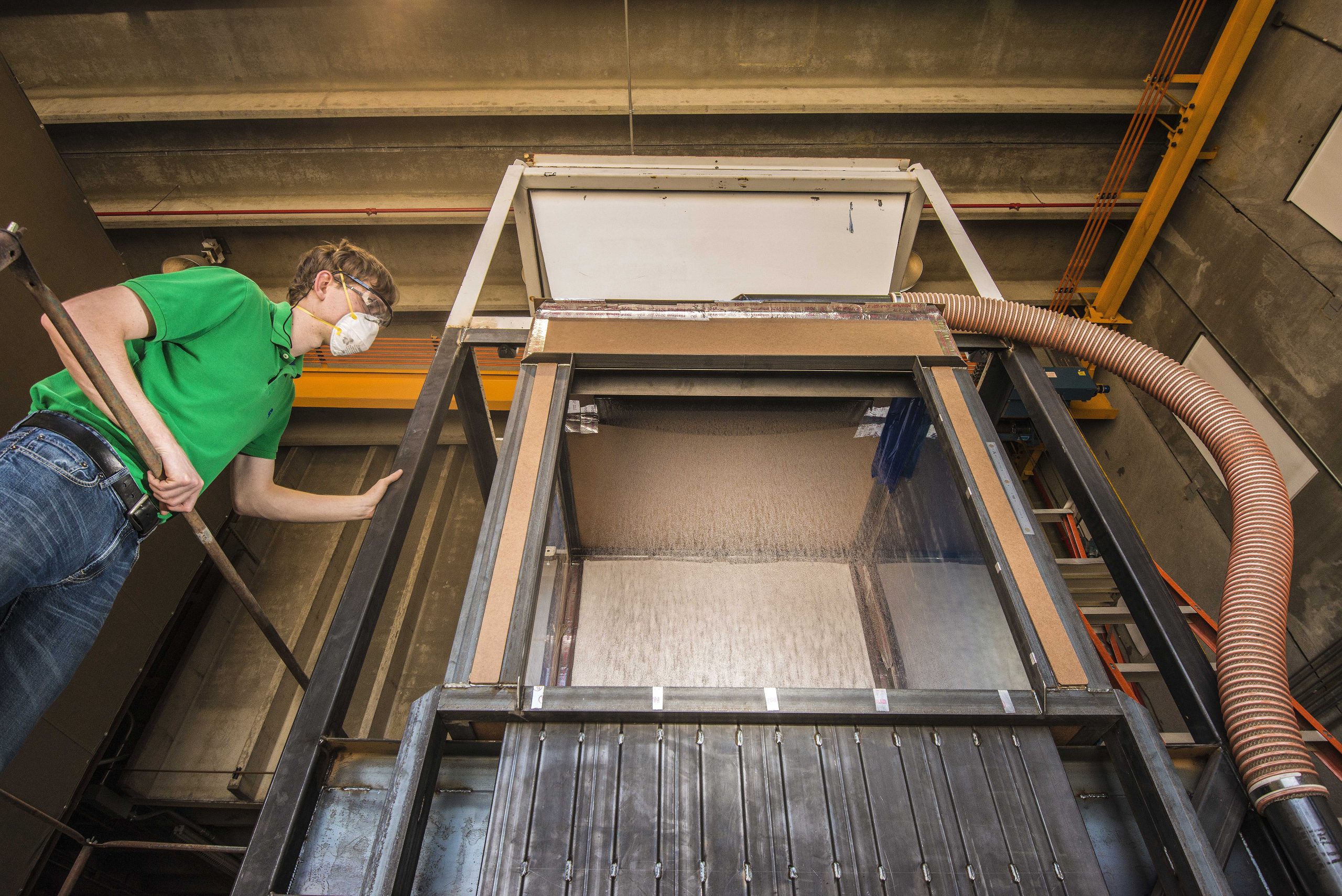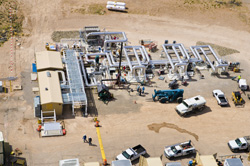October 6, 2021 • ALBUQUERQUE, N.M. — Sandia National Laboratories began studying the power of the sun to produce utility-scale energy in the 1960s. Sandia’s National Solar Thermal Test Facility was commissioned in 1978, spurred by the oil crisis of 1973.[caption id="" align="alignleft" w…
Categories: History, Renewable energy
